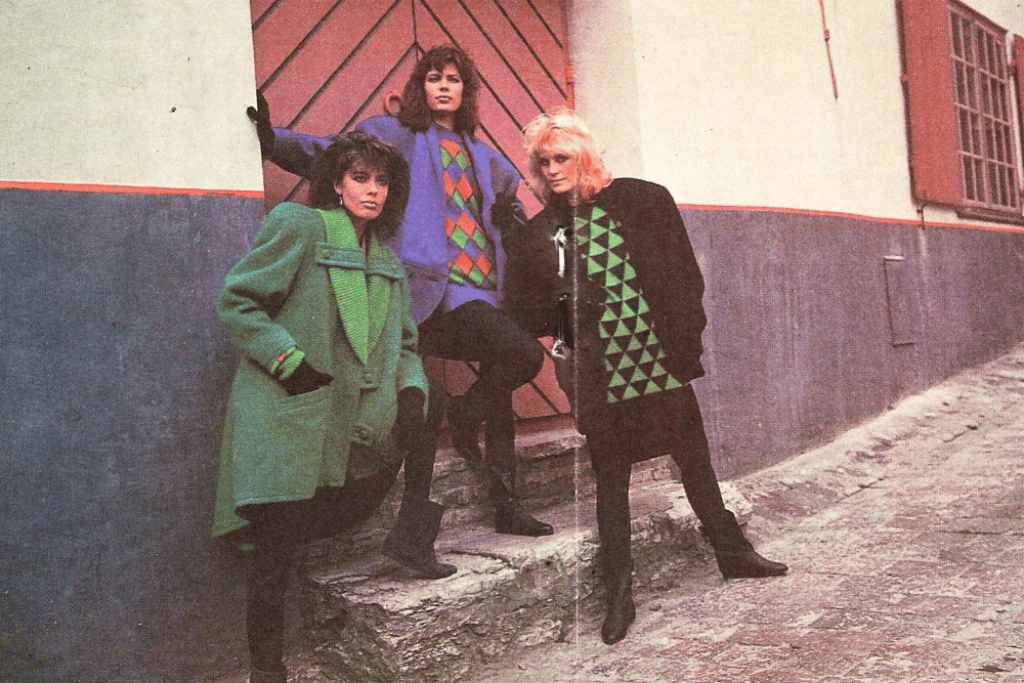A historical way of life
Recycling is a hot topic these days: it keeps the planet cleaner and is also a great way to save money; Estonians are long-time practitioners of recycling because this is a part of the historic way of life and it was further evoked by the Soviet era when there was lack of almost everything.
Recycling is a big deal and a very fashionable way of life globally. Many big companies advertise recycling and promote labels, saying that 50% of their products are recycled with the aim of having customers choose these products. Free plastic bags are not provided anymore, reusable bags are encouraged. Second-hand clothing stores are full of people on new deals days. For Estonians, however, recycling is not really that new.
During the Soviet occupation of Estonia, many goods were not available, so recycling was the only way to survive. Children wore hand-me-downs until the clothes fell apart. Children’s second-hand clothes were often received from neighbours, acquaintances and relatives.
Items were repaired until it was not possible to stitch or place another mend. Even clothes not possible to wear anymore often found a new life – for example, a father’s old pants were made into a skirt for his daughter, or a mother’s old dress was made into pants for his son. If the clothes were worn into strips, the pieces of fabric would get their last life in patchwork items – for example, patchwork quilts, which are good to recall old memories when looking at them later.

Cuts obtained from the German fashion magazine Burda
During the Soviet occupation, fashionable clothes that were not available in the poor offerings of the shops were often sewn by people themselves or by seamstresses that besides their everyday work in mass production factories gave a helping hand to family, friends and acquaintances.
The cuts were obtained from the German fashion magazine Burda which was also distributed behind the iron curtain. A lot of effort was put into finding beautiful, high-quality fabric so that the clothes would last as long as possible and look better than the unvarying, mass-produced clothes on store shelves.
Since not much was available in the shops, everything possible was saved and collected. The phrase, “the one who has the most things wins when dying” ironically characterised of these times.

Estonians still recycling their clothes
Nowadays, fortunately, there is no need to collect things you do not foresee using at home because you can mostly get everything from the stores. But we cannot be sure of the future with all the disruptions related to COVID-19 and the war in Ukraine. Thus, the careful Estonians are reminded of former times and organise their stocks in this changing the world again in a more sustainable way.
The most important point about used clothes and other items is that they are cheaper than brand new. For example, Humana – a retail chain selling donated second-hand goods to raise money for charities – has €1 days every month, where all the items in the chain’s stores cost just one euro. For those who want to sell their stuff by themselves, there are also second-hand stores, where people can rent boxes to display their goods and select their selling price.
Secondly, clothing made in earlier decades is often made of higher quality materials, better sewn and lasts longer in the hands of multiple wearers than new items from fast fashion brands. So it makes a lot of sense to shop in vintage stores or sort through the wardrobes of your older relatives.
Thirdly, reuse and recycling is one of the easiest ways to reduce your ecological footprint and live more environmentally friendly. The fashion and technology industries are among the biggest polluters in the world, so by buying less new things, we are keeping the planet healthier. Bringing the ecological footprint down is especially important to younger generations.
Fourthly, you can find much more interesting and unique clothes in thrift stores than in ordinary stores. There are no micro-trend clothes in second-hand shops, and the possibility that someone you know has the same clothes is minimal. You can also find very interesting vases, food utensils and jewellery.
And lastly, recycling provides a nice opportunity for social interaction – in a circle of friends, a meeting to exchange clothes gives a nice excuse to come together regularly and to see how fast the children have been growing. Later, it brings joy when you see that your kid’s clothes have found useful and turned out to be necessary for someone else.
If you are a foreigner in Estonia, you are most likely warmly welcome, when you offer your friend, neighbour or workmate your good quality second-hand stuff that you do not need any more – or you just give away your kid’s well-kept clothes. Besides plenty of second-hand shops to check out, a group of friends or a house can very well organise their own second-hand sell-off and make this a memorable event to promote sustainability, good fashion and friendship – all these good notions related to reuse.
Learn more about sustainably-oriented lifestyles in Estonia and Tallinn here.















